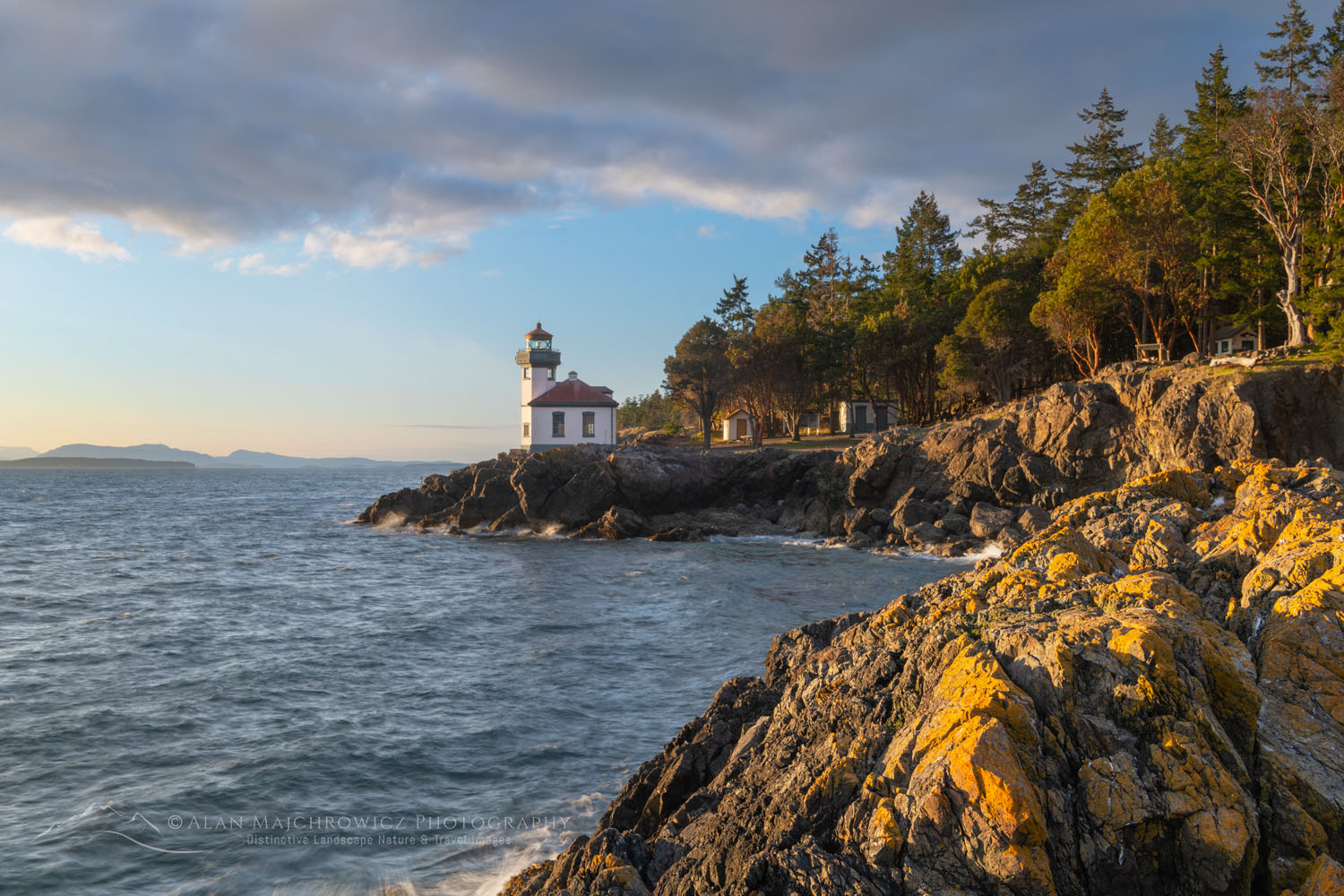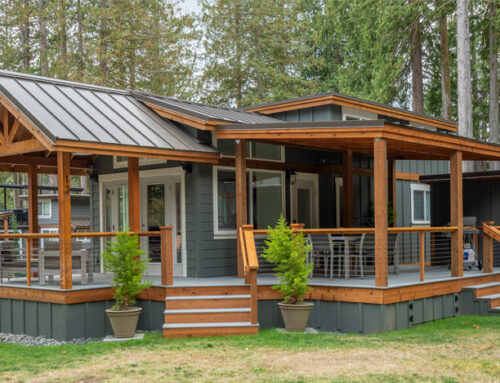The San Juan Islands are known for their beauty and peaceful atmosphere, but limited land and rising home prices make affordable housing a challenge. Tiny homes—small, sustainable living spaces—could be a perfect solution.
These homes allow residents to live simply, sustainably, and affordably without sacrificing comfort or style. Here’s why tiny homes are the future of island living.

Why Tiny Homes Make Sense in the San Juans
With high property prices and limited land, tiny homes, modular homes, and Accessory Dwelling Units (ADUs) offer a cost-effective housing alternative.
Merri Ann Simonson, a local realtor, sees potential: “The San Juans are a great place to live, but high median home prices make traditional housing difficult to afford. Tiny homes could help address that issue.”
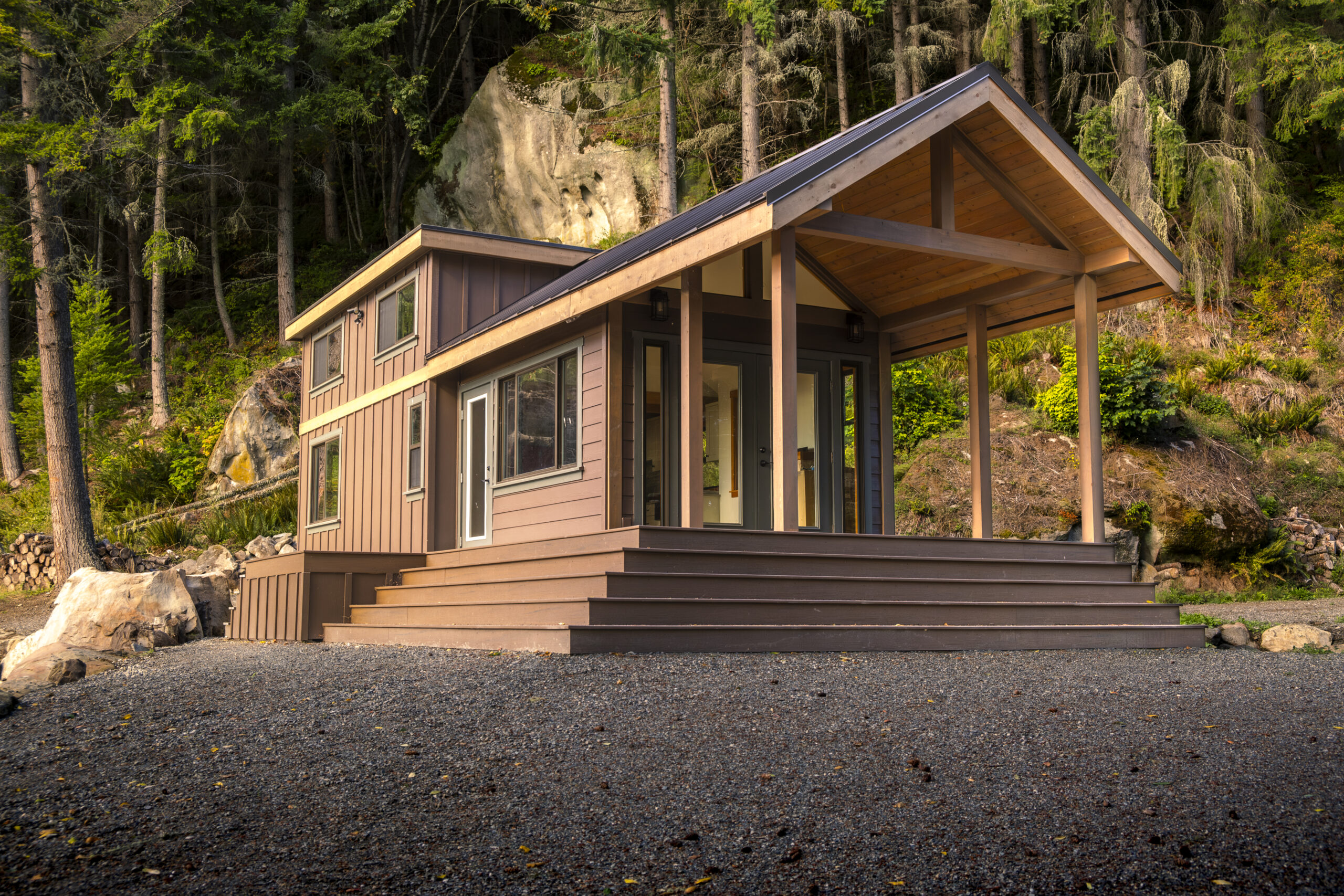
Tiny Homes: What Are They?
Tiny homes are small, efficient living spaces designed for a minimalist lifestyle. They can be mobile or stationary and include:
- Tiny Homes: Self-contained, compact living spaces.
- Modular Homes: Prefabricated homes assembled on-site.
- ADUs: Smaller homes often put on the same lot as a primary residence.
These homes take up less space, are eco-friendly, and offer flexible housing solutions for both homeowners and renters.
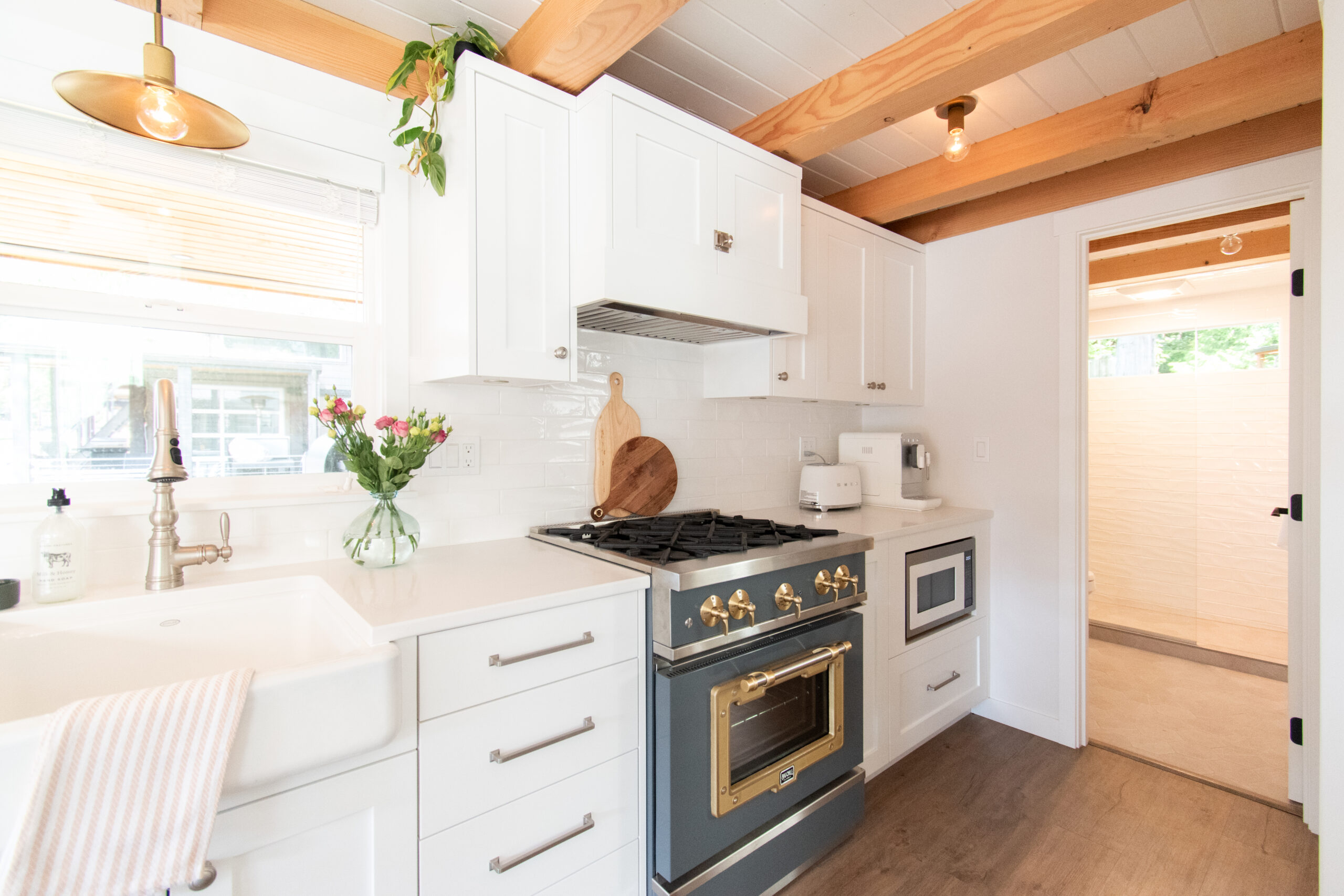
Understanding Local Regulations
Before committing to a tiny home, it’s essential to know the rules in San Juan County.
Tiny Homes on Wheels vs. Stationary Homes
Tiny homes on wheels are classified as Recreational Vehicles (RVs), meaning they may require special permits. Those placed on foundations, however, can qualify as permanent residences.
ADUs and Land Requirements
ADUs require at least 5 acres of land and must be within 100 feet of the main house, sharing utilities. Understanding these restrictions is crucial before starting a project.
Permitting and Zoning
Navigating zoning and permitting can be complex. Merri Ann recommends working with a land use consultant to simplify the process. “It’s important to know the rules before you start,” she advises.
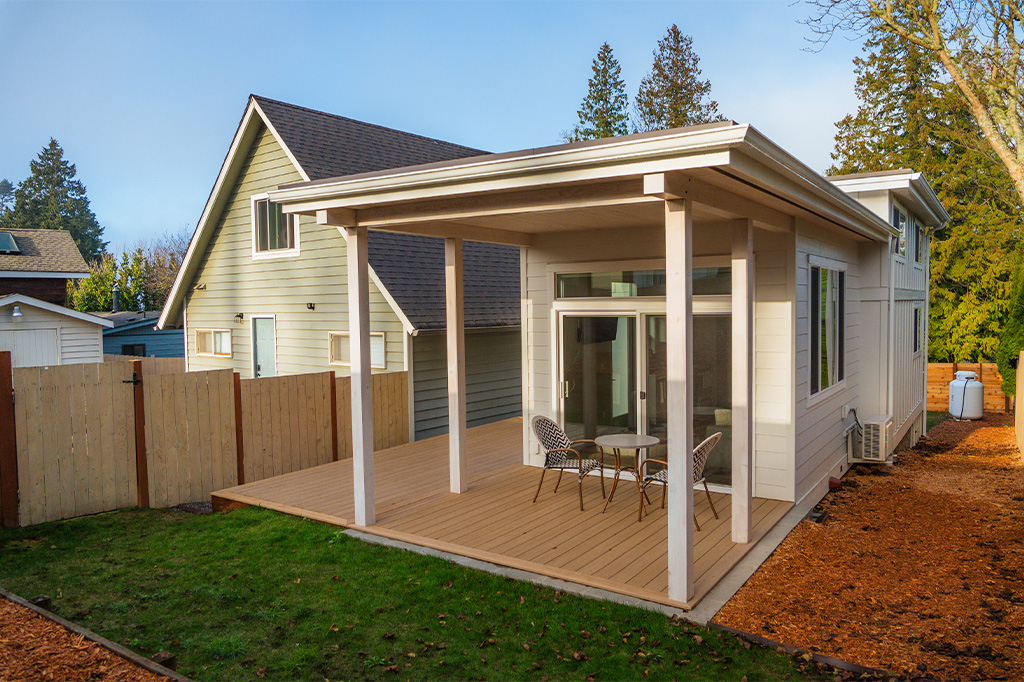
Financing a Tiny Home
Financing depends on whether the home is on a foundation. Mobile tiny homes are considered personal property and may not qualify for traditional mortgages. However, those on foundations can be classified as real estate, making financing easier.
As Merri Ann explains, “If a tiny home meets local codes and is installed on a foundation, it can qualify for conventional loans.”

Benefits of Tiny Homes for Island Living
Tiny homes offer several key advantages:
- Affordability: A lower-cost alternative to traditional housing.
- Sustainability: Designed for energy efficiency and minimal environmental impact.
- Flexibility: Suitable as primary residences, vacation homes, or rental units.
Given the San Juan Islands’ commitment to conservation, tiny homes align perfectly with sustainable living values.
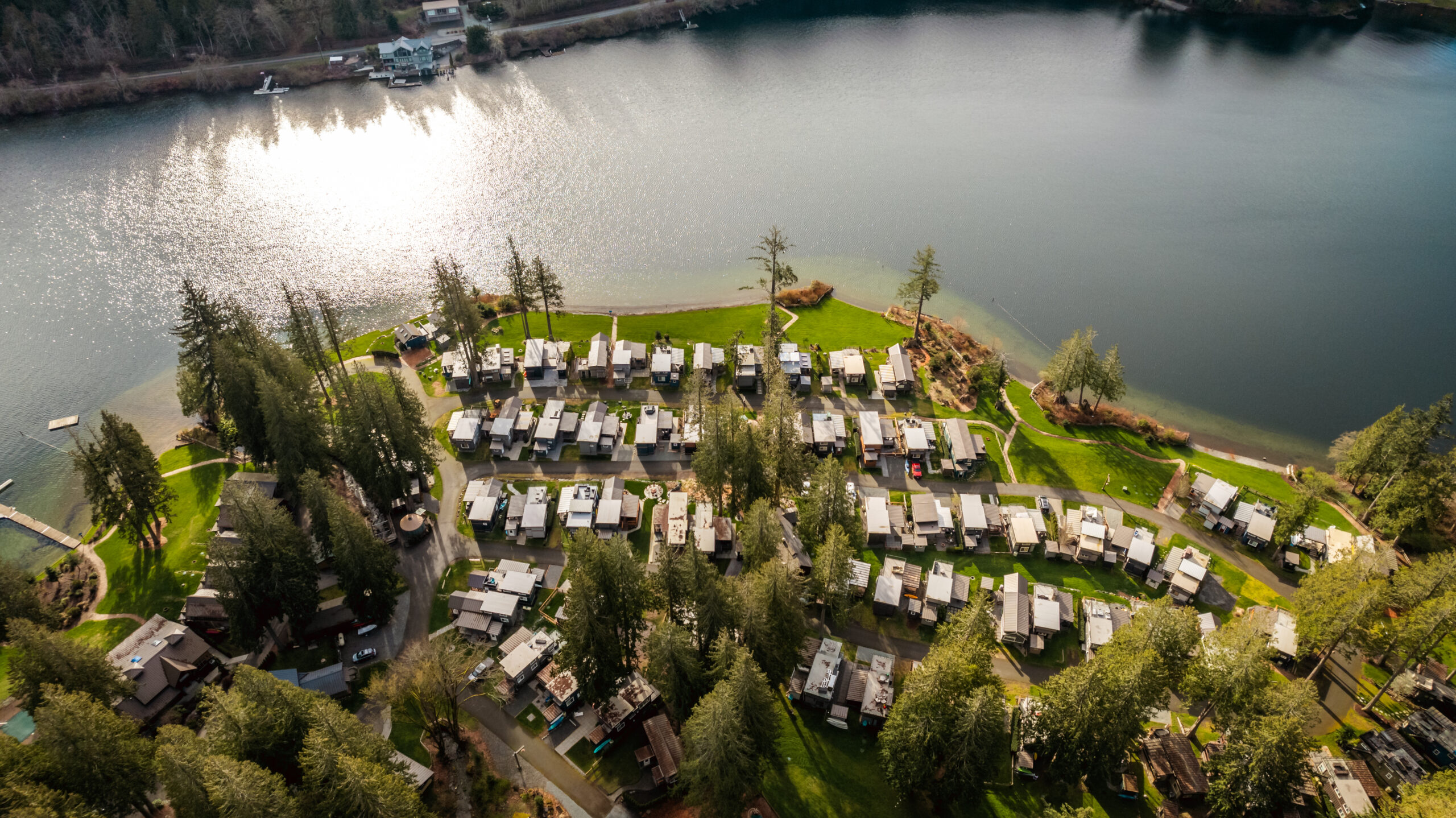
A Growing Trend: More Tiny Homes in the Future?
With increasing housing demand, tiny homes, modular homes, and ADUs could become a key part of the islands’ future. “We are in desperate need of affordable housing options,” Merri Ann says. “Tiny homes could be part of the solution.”
These homes offer much-needed housing while preserving the natural beauty of the islands.
Ready to Make the Move?
If tiny home living in the San Juan Islands interests you, now is the time to start planning. With the right land, support, and understanding of the regulations, a tiny home could be your pathway to affordable, sustainable island living. Contact us today to learn more!


